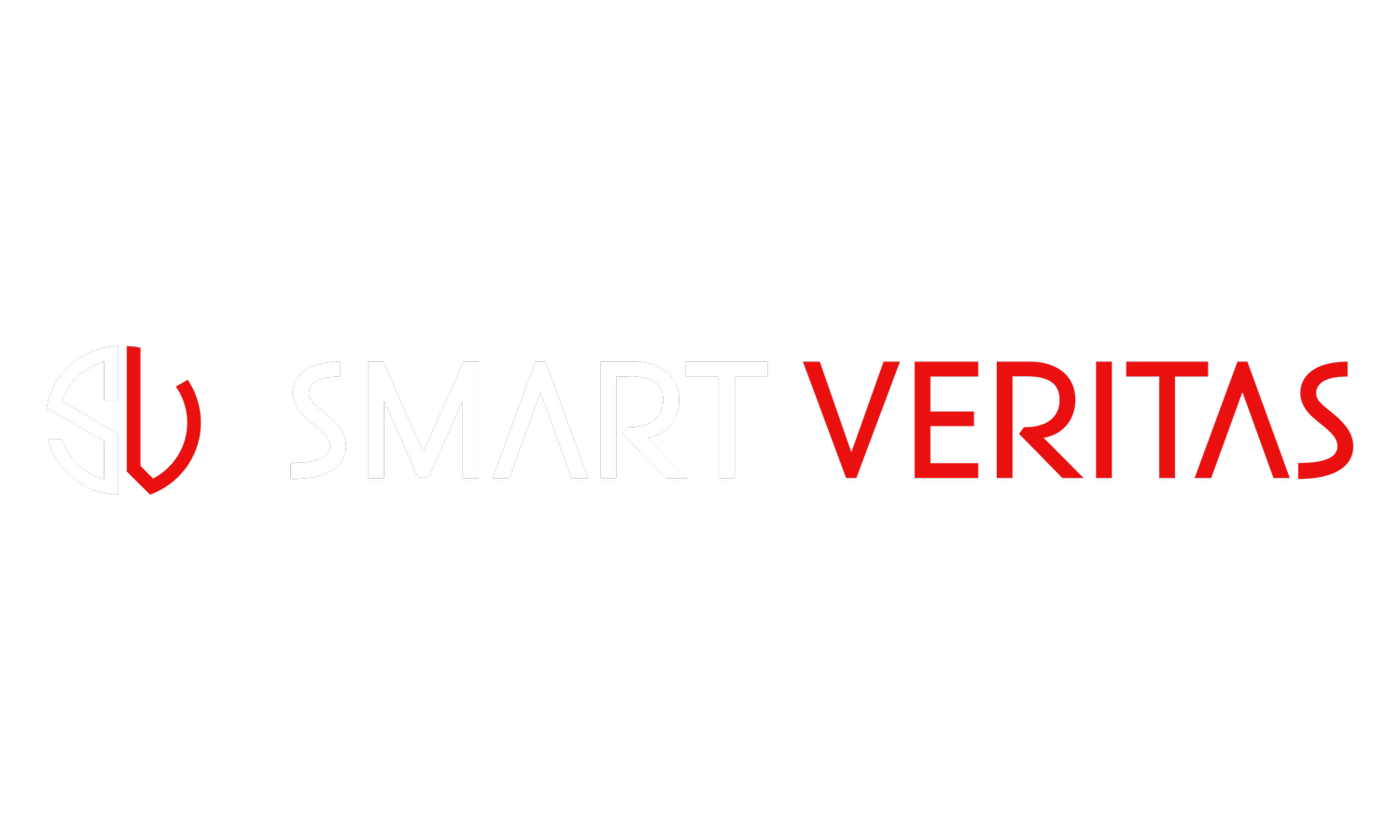Liquid Penetrant Inspection
Liquid Penetrant Inspection (LPI, DPI or PT) is used to find surface-breaking defects in non-ferrous materials and ferrous materials, although for ferrous components Magnetic-Particle Inspection is often used instead for its subsurface detection capability.
LPI is suitable for a wide variety of materials, but it is mainly used on non-ferrous metals. Liquid Penetrant Inspection (LPI) is used to detect visible indications on castings, forgings and welding surfaces for defects such as hairline cracks, surface porosity, leaks in new products, and fatigue cracks on in-service components.
For high sensitivity or intricate parts, a fluorescent liquid and blacklight can be used. This requires a dark testing environment
Explore our site or reach out via our contact form to learn how we can support your non-destructive testing needs.
Advantages
The method can be adapted for site or workshop use.
It can be used on magnetic and non-magnetic metals, some plastics, and glass.
It is quick and relatively uncomplicated.
It gives immediate indications of defects.
Large or small objects can be examined.
Liquid Penetrant Inspection is a very sensitive method, capable of finding extremely fine flaws.
Limitations
Surface finish and roughness can affect inspection sensitivity.
Precleaning is critical.
Only materials with relatively nonporous surfaces can be inspected.
Post-cleaning of acceptable parts or materials is required.
Handling and proper disposal of chemicals is required.


